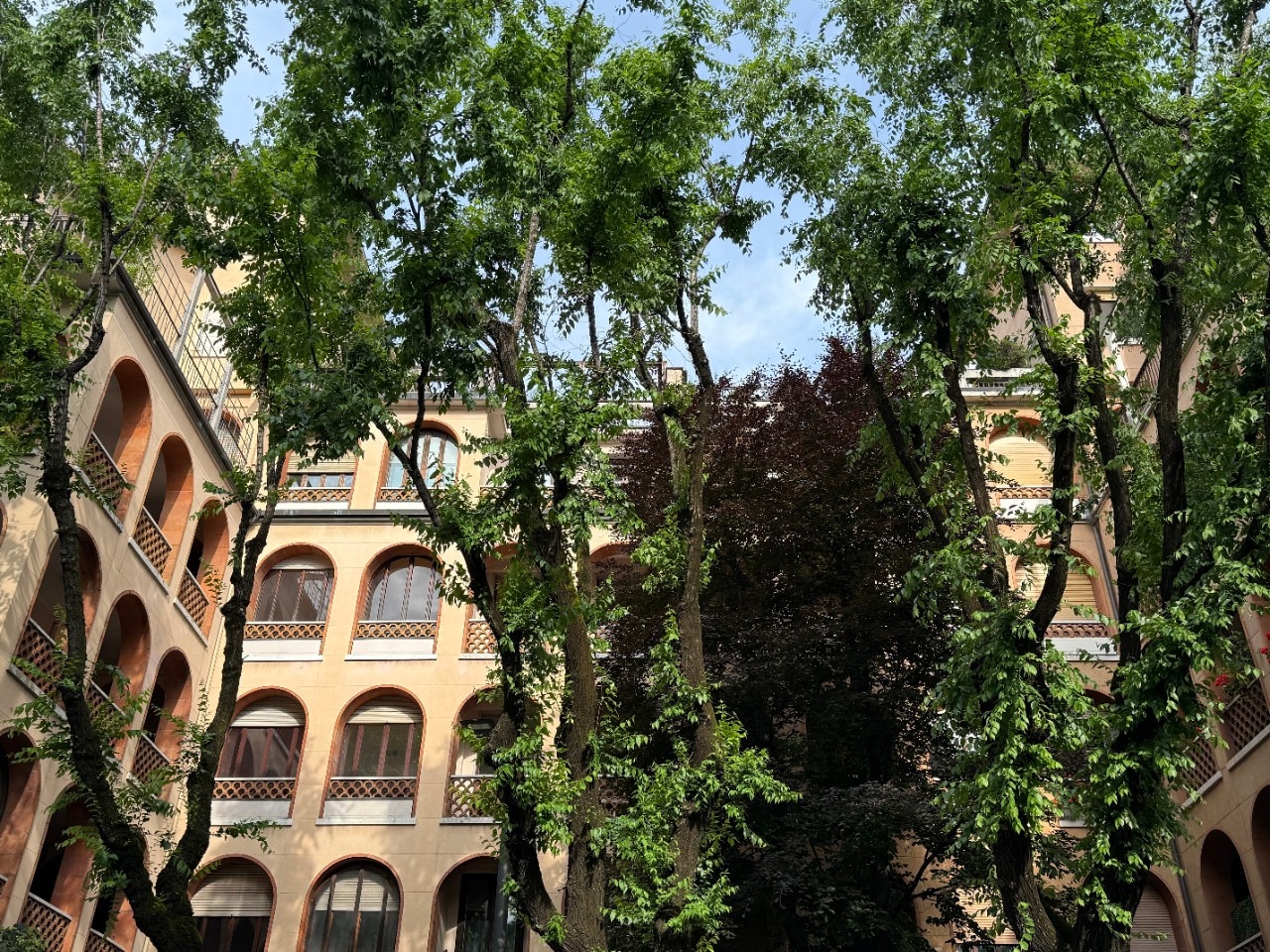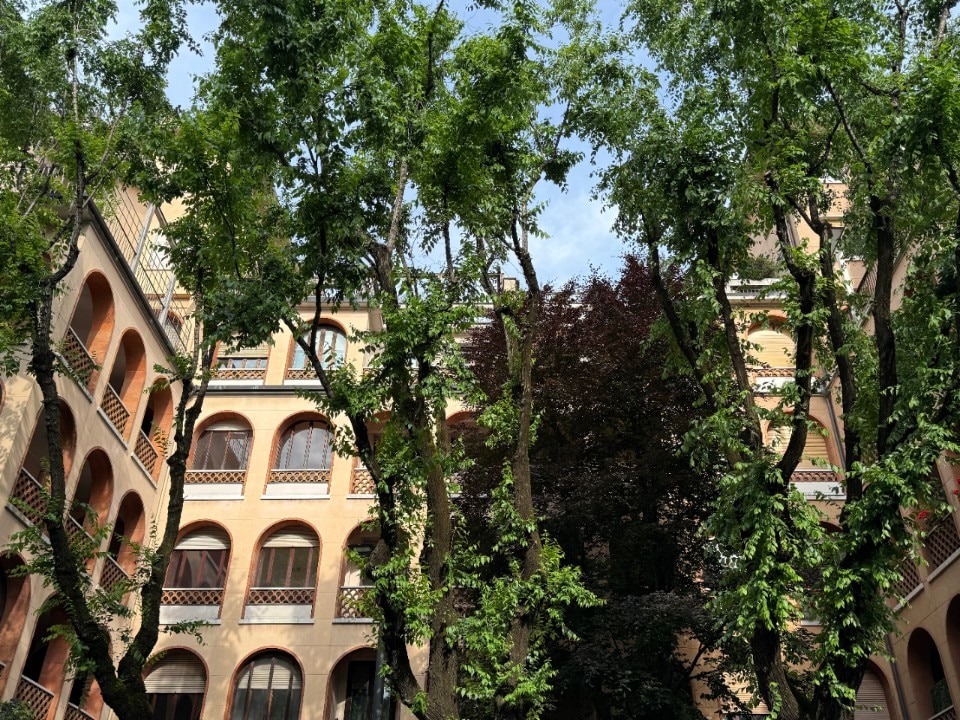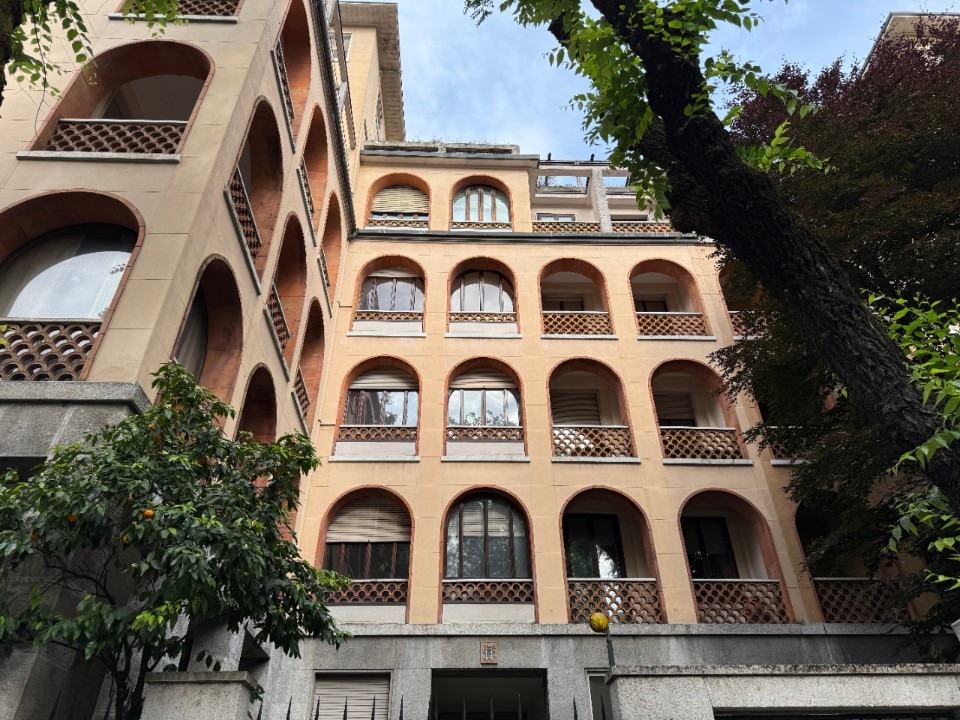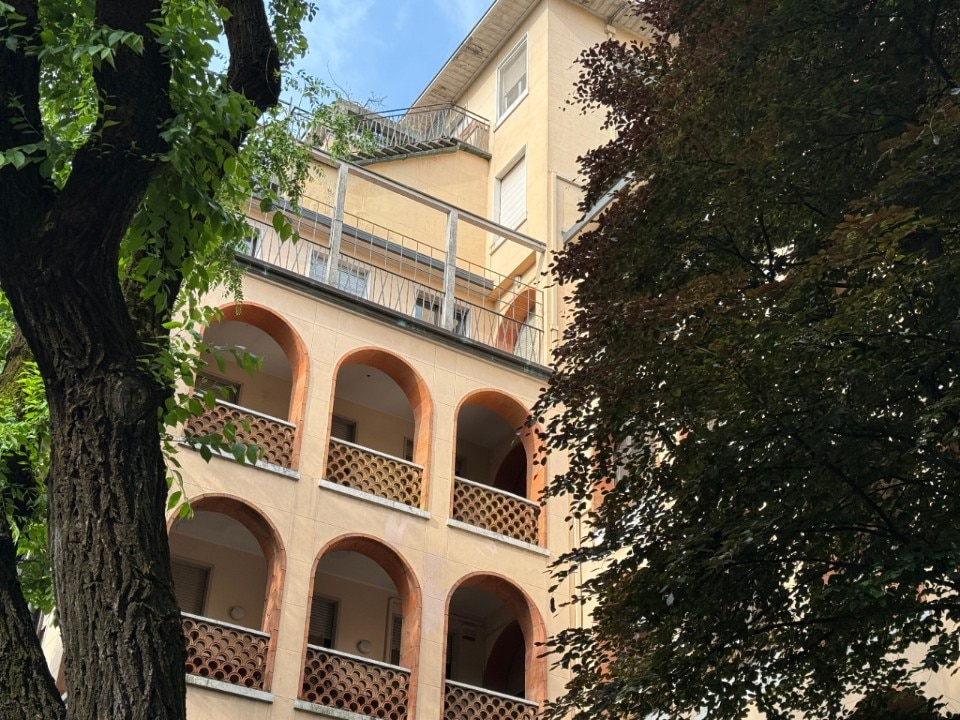It’s already quite rare for gems of modern architecture to hit the market as entire, intact properties – as single-owner villas. Even more unusual is when this happens in the very heart of a historic city. Yet that’s exactly what happened with Casa Bocchi on Via De Marchi, better known as Villa Ci, a building by Gio Ponti and Pier Giulio Magistretti. The villa was recently sold for 50 million euros, according to Corriere della Sera, two years after the death of its longtime resident and owner, engineer Minucci — heir by succession to the original client, industrialist Francesco Plodari.
Plodari’s commission itself reveals another unique layer of Villa Ci’s history: its very existence within Milan’s historic fabric is extraordinary. Completed in 1939, just before the war, the building was made possible thanks to major urban transformations nearby – such as the relocation of the Central Station from Piazza della Repubblica to Piazza Duca d’Aosta, and the extension of Via dei Giardini into what is now Via De Marchi. On land owned by the Bocchi sisters, where residential blocks in comb-like layouts were permitted, Plodari commissioned the house from Ponti and Magistretti – both central figures in Italian and Milanese architecture at the time.
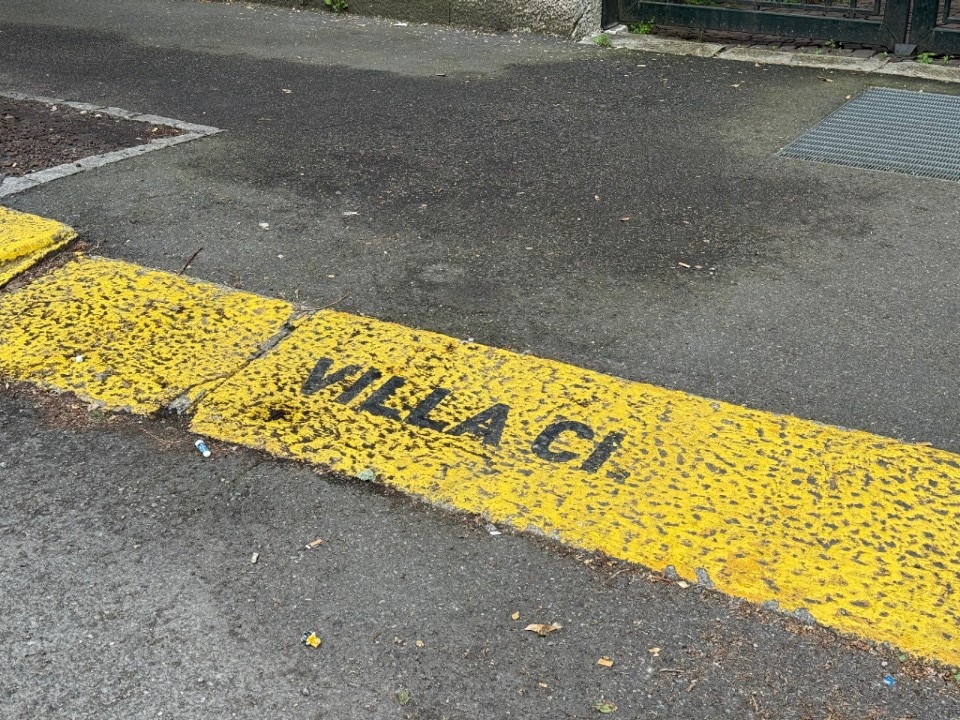
By then, Ponti had already been running Domus for over a decade and was working on major projects like the just-completed Montecatini office building, experimental housing for the Triennale, and the future RAI headquarters on Corso Sempione – soon to become the birthplace of Italian television. Magistretti – father of Vico, who would begin his celebrated design career after Pier Giulio’s death – was likewise involved in defining the city’s architectural identity, contributing to landmark projects like the Arengario in Piazza Duomo alongside Portaluppi, Muzio, and Griffini.
Adding to the uniqueness of Villa Ci is its surrounding ecosystem. Born from urban reshaping, Via dei Giardini turned out being a veritable woodland in central Milan – just behind Montenapoleone metro – dotted with modernist gems like the Carlo de Carli-designed palazzina once owned by Santo Versace. At its heart lies a park that was once the private garden of the Perego di Cremnago family. This same rarefied atmosphere extends into Via De Marchi, before the area morphs into the grander Via Turati and modern-monumental Via Vittor Pisani. Engineer Minucci himself made Villa Ci beloved for being inhabited by a permanent community of ducks, along with other rare species and lush vegetation. The garden is framed by Ponti’s arched façades, reminiscent of his Casa Rasini near Porta Venezia – just steps away from another famed Milanese garden with exotic residents: yes, we are referencing the flamingos of Villa Invernizzi.


